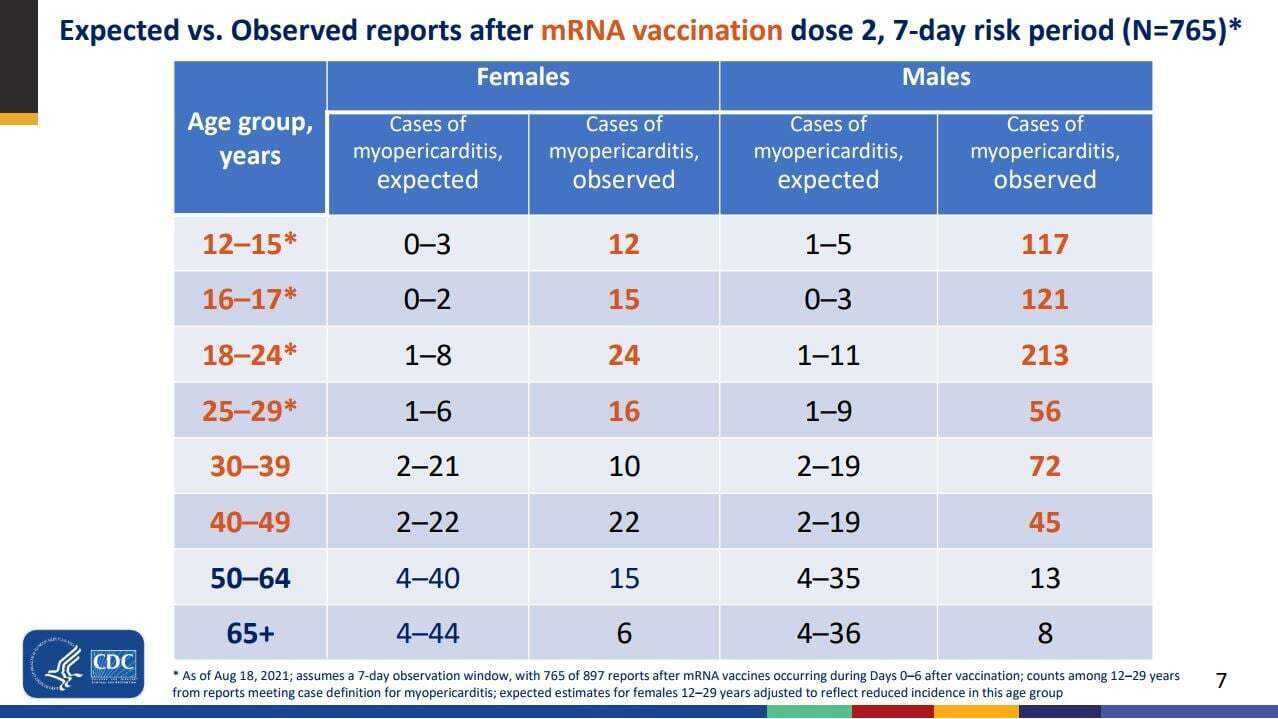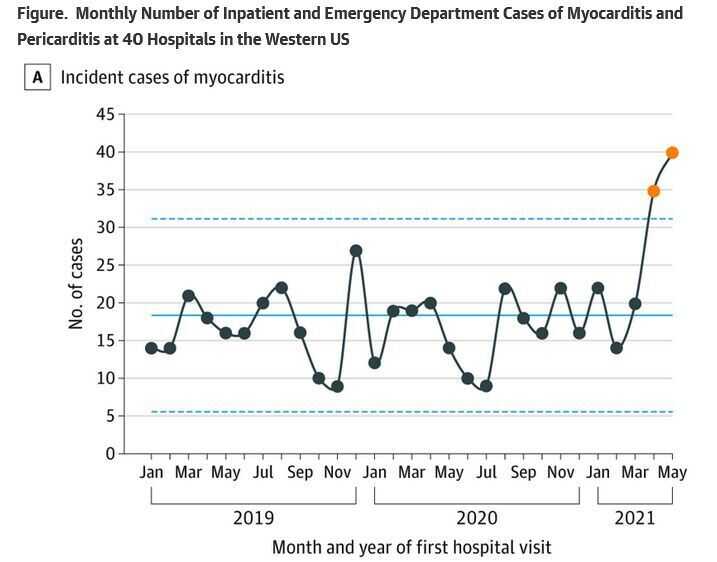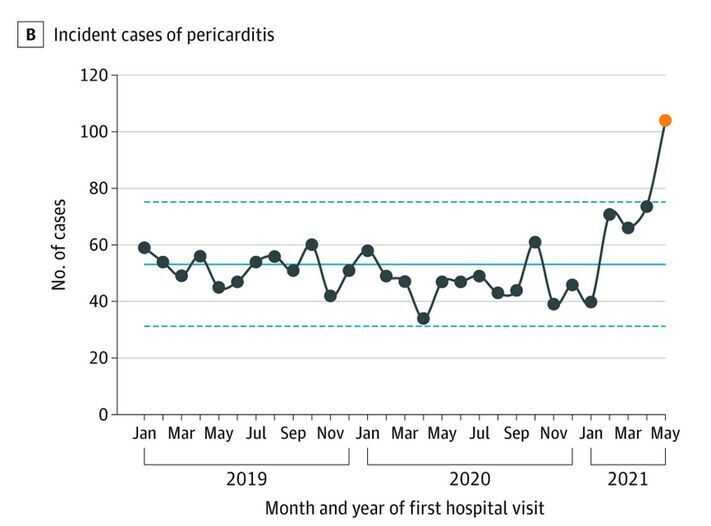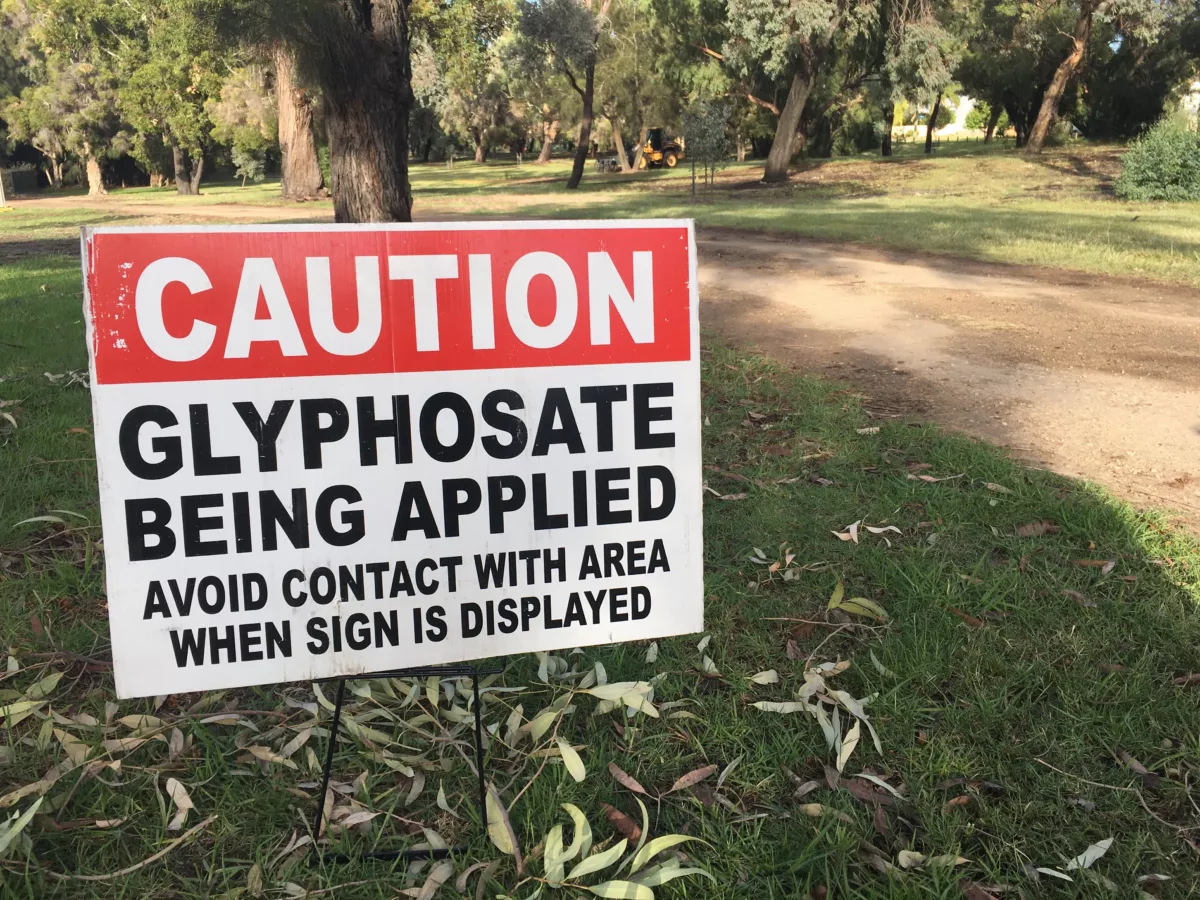
Myocarditis in Kids-1
6-year-old BC girl Danielle Mei Cabana passed away from Myocarditis on November 26, 2022
Myocarditis in Kids up by a Whopping 117 Times in Canada
A hospital insider from The IWK Health Centre, a major pediatric hospital and trauma center in Halifax, Nova Scotia providing care to maritime youth, children and women, says they have seen 27 myocarditis cases in kids under 18 in a recent 6-week period. Normally, they see 2 cases in an entire year. That’s an increase of 117 times the normal rate!
These numbers reflect the CDC’s own data: In 2021, the CDC found that males aged 12-15, showed an increase between 23.5 and 117 times. At the time this data was collected (August 2021), only 32% of teens in the US were vaccinated, so, this would mean that vaccinated males aged 12-15 had an observed incidence of up to 366 times the expected rate of myopericarditis — two distinct heart conditions occurring simultaneously. The 16-17 age group observed an even higher incidence.
IWK is not the only health center to report an increased incidence of Myocarditis, Pericarditis and Myopericarditis. A study published to JAMA looking at 40 hospital records in the US titled “Myocarditis and Pericarditis After Vaccination for COVID-19” (Diaz et al.) found the rates went up even in adults who are less likely to suffer this side effect (see graph below).
Don’t lose touch with uncensored news! Join our mailing list today.

Benefit-risk discussion slides from a 2021 CDC ACIP meeting.
The baseline rate of Myocarditis in kids is 1 per 100,000, at this rate, given that Canadian children’s vaccination rate is sitting at 45%, IWK’s data would suggest that we are seeing 2.6 per 1,000 vaccinated kids getting Myocarditis, although, it’s probably more since this is a passive observation. In August, a Thailand study (Mansanguan et al.) showed 29.24% of kids sustain a cardiac injury of some sort from the vaccines, and 1% developed myo and/or pericarditis. Studies like this, where all teenagers were screened, will always find more cases than passive systems, like the reporting system here in Canada where doctors fill out a form after a child has been properly diagnosed. There are potentially a number of cases of children with chest pain or fatigue that are never brought to the attention of the healthcare system or are misdiagnosed and are thus never captured in the statistics.
Research from a JAMA article titled, Myocarditis Cases Reported After mRNA-Based COVID-19 Vaccination in the US From December 2020 to August 2021 by Oster et al. also found 12-15 year-olds experienced the heart condition at a 133x higher than expected rate. The data is overwhelming.
Either way, that’s a lot of kids developing myocarditis, pericarditis, or both as a result of the vaccines. You would think the manufacturers would think this is a problem, but they don’t.
If two car owners die as a result of poor manufacturing, the car manufacturer does a recall and asks people to stop using the car. The reason for this is simple: liability. But with these vaccines, as with all vaccines, there is no liability, so there is no need to set a stopping condition. The pharmaceutical companies have no problem injuring hundreds of thousands of kids and it simply makes no difference to the company.
Pfizer, for instance, never bothered looking into Myopericarditis rates in young people. That’s right, the Pfizer documents that Pfizer had originally asked the courts to conceal for 75 years revealed that they never bothered looking into Myopericarditis rates in young people. In the documents released, Pfizer only looked at adults and most side effects were not considered to be vaccine-related unless they occurred within 24 hours, whereas on average, Myocarditis typically presents within 1-4 days. (see JAMA article by Oster et al, Jan 25, 2022.)
















